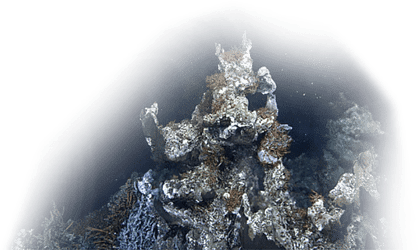Dr. Richard Dewey, Associate Director, Science
**Updated: February 3, 2016** The warm anomalous surface water conditions of the Northeast Pacific that became apparent in 2013 and continued through 2015, may seem to be dissipating as surface temperatures return to normal. But a significant amount of heat remains at depth, so there is likely more life left in the Blob for 2016. A series of cold winter storms sweeping across the Gulf of Alaska this (2015-16) past November through January have effectively washed out the surface signature of the "Blob". These are the same storms that have been absent for nearly three years and allowed the Blob to develop in late 2013. Typically, a deep Aleutian Low and winter storms in the Gulf of Alaska mix up cold nutrient-rich waters from below, cooling the surface waters and supplying essential nutrients to the phytoplankton and the rest of the food chain. But in 2013 and 2014 the Aleutian Low was weak and there was a near-complete absence of major winter storms in the Gulf, resulting in one of the most significant Northeast Pacific oceanographic events on record. A number of ongoing [scientific workshops](http://www.nanoos.org/resources/anomalies_workshop/workshop2.php) have been held to assess and discuss these extraordinary conditions.
**Updated: February 3, 2016** The warm anomalous surface water conditions of the Northeast Pacific that became apparent in 2013 and continued through 2015, may seem to be dissipating as surface temperatures return to normal. But a significant amount of heat remains at depth, so there is likely more life left in the Blob for 2016. A series of cold winter storms sweeping across the Gulf of Alaska this (2015-16) past November through January have effectively washed out the surface signature of the "Blob". These are the same storms that have been absent for nearly three years and allowed the Blob to develop in late 2013. Typically, a deep Aleutian Low and winter storms in the Gulf of Alaska mix up cold nutrient-rich waters from below, cooling the surface waters and supplying essential nutrients to the phytoplankton and the rest of the food chain. But in 2013 and 2014 the Aleutian Low was weak and there was a near-complete absence of major winter storms in the Gulf, resulting in one of the most significant Northeast Pacific oceanographic events on record. A number of ongoing [scientific workshops](http://www.nanoos.org/resources/anomalies_workshop/workshop2.php) have been held to assess and discuss these extraordinary conditions.
